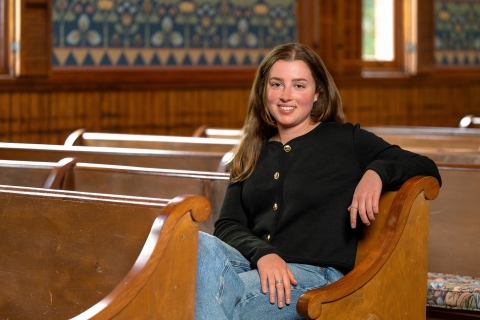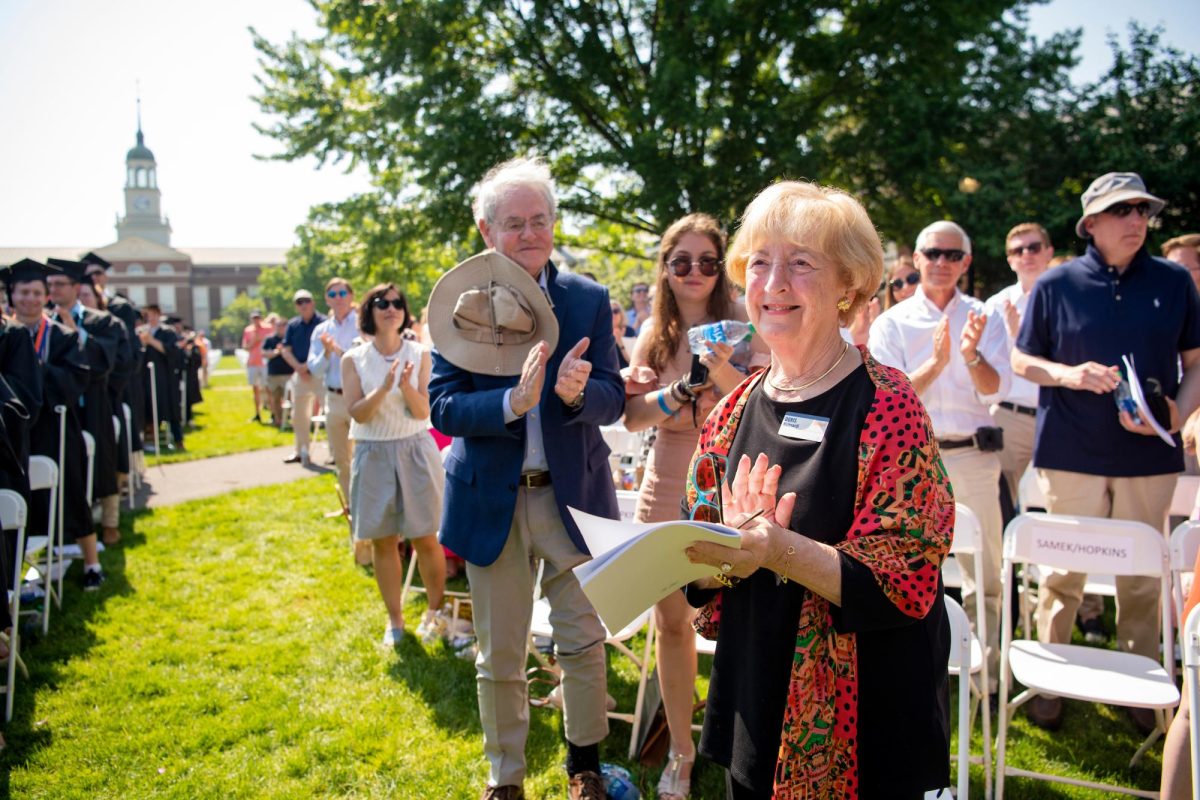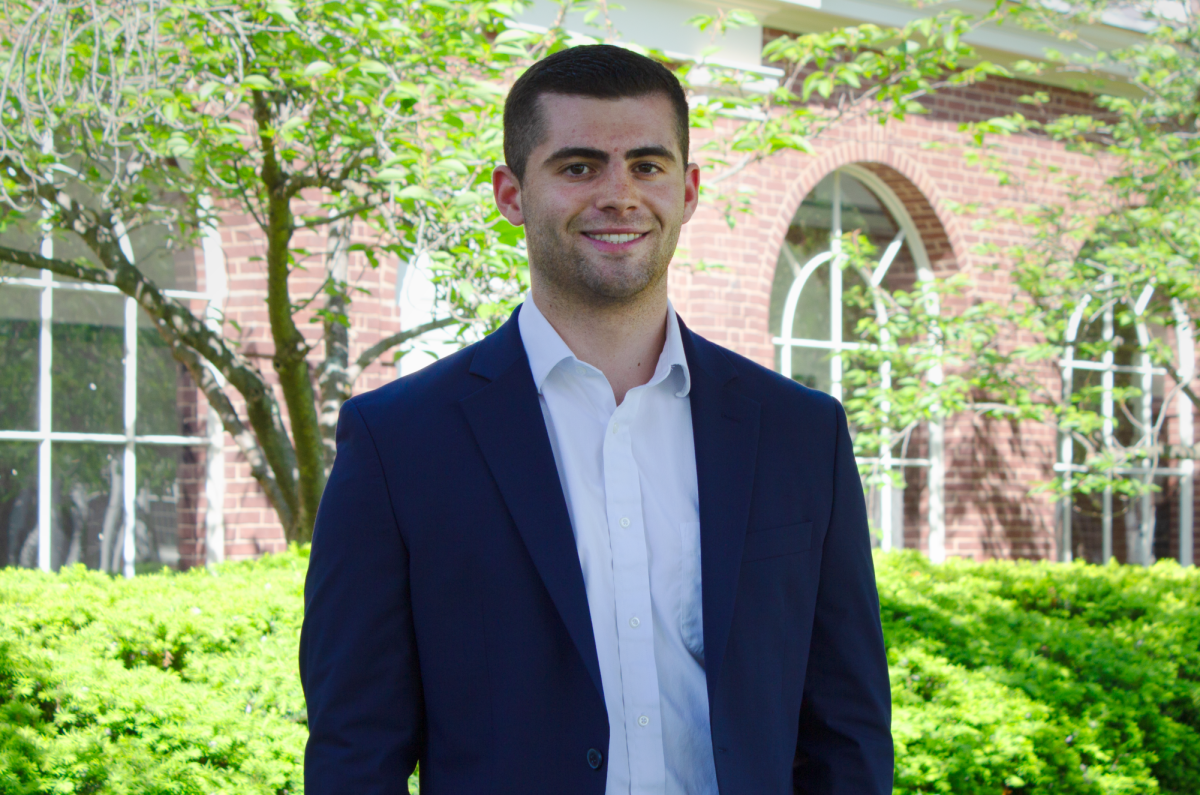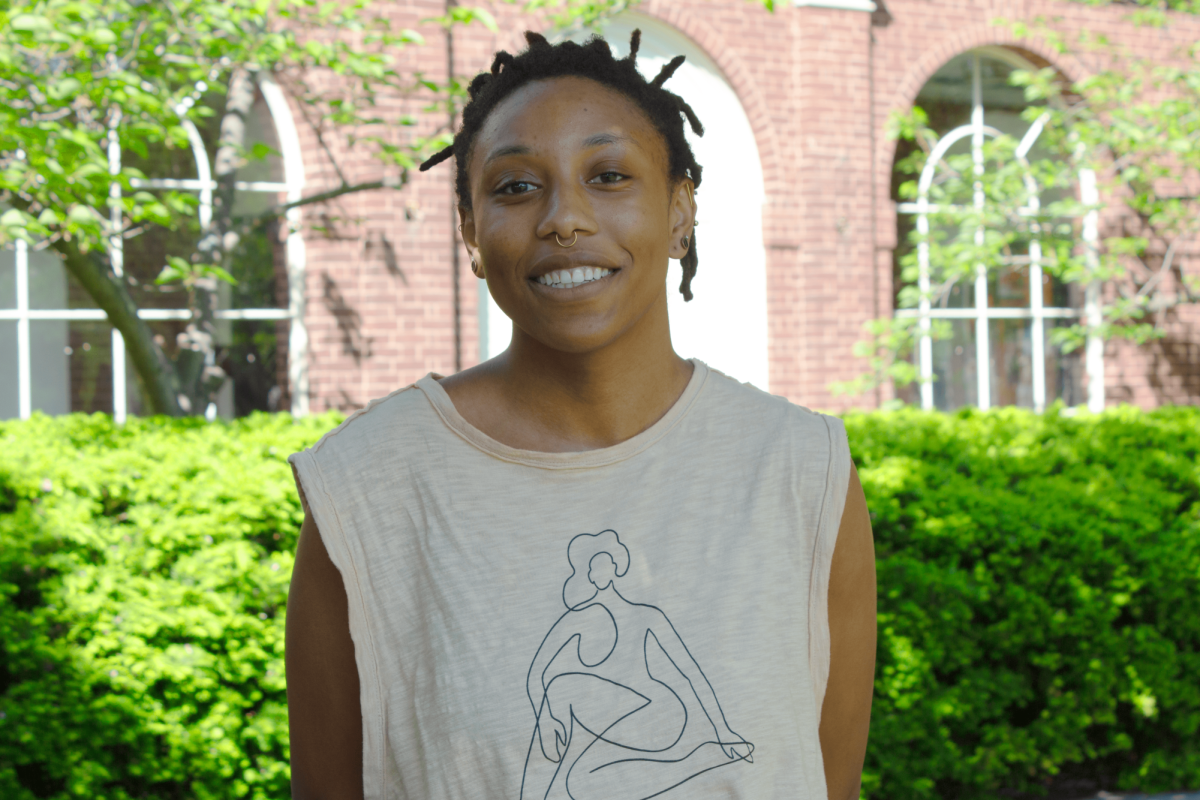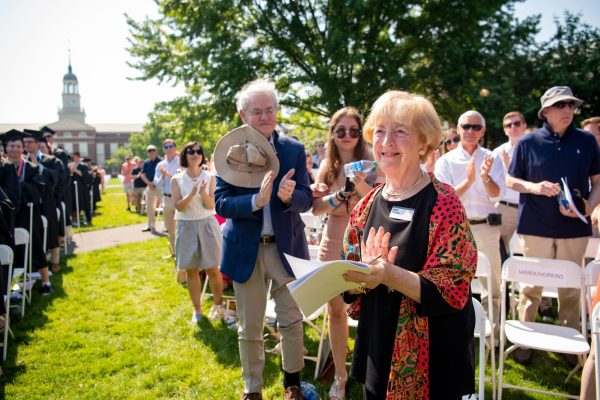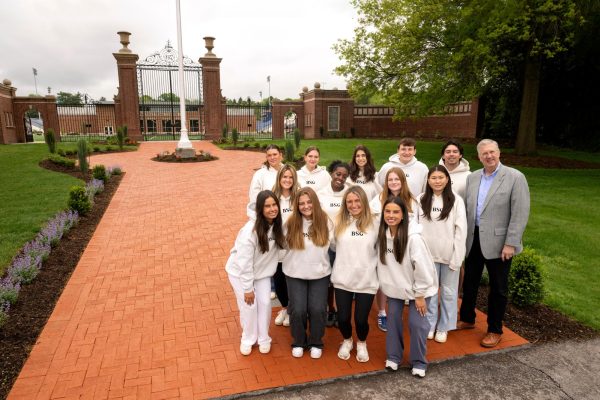Hungry for more options: tackling food insecurity on campus
November 15, 2018
The course Management 334, titled Team Leadership, was introduced this semester. As it was new, we did not have any idea what it would entail. Fast-forward to now, and our team, comprised of Jamie DeWitt ’19, Audra Adams ’19, Audrey Walsh ’19, Vince Filippini ’19, Mike Balzofiore ’19, and myself, Anna Chiodo Ortiz ’19 is well on its way to help resolve food insecurity on campus.
In the beginning of the semester, we decided that we wanted to focus on food accessibility as a public issue. Since our time is limited, our group decided to dive into the issue, focusing on its prevalence on the University’s campus. As students, we can understand the financial difficulties that arise while enrolled. It is unfortunate that food insecurity, both temporary and long term, is experienced on such a prestigious campus. Ultimately, our mission is to try and help find solutions.
Defining the matter
The United States Department of Agriculture defines food insecurity as “a condition when persons do not have adequate resources to feed themselves, either nutritiously, or at all.” Therefore, students who are food insecure are either unable to pay for sustainable, healthy foods, or unable to pay for any food at all. There are roughly 16 million undergraduate students enrolled in the United States. Between 20 to 33 percent of these undergraduate students experience food insecurity at their four-year college or university, which means that there are roughly between 3.2 and 5.28 million students who are food insecure.
Food insecurity also impacts academic achievement. According to a study performed in 2016, which looked at food insecurity across 38 colleges, “55 percent of students who experience food insecurity said it was a reason they did not purchase textbooks, 53 percent said they missed a class, and 25 percent said they dropped a class.” Thus, a lack of sufficient food results not only in hunger, but also causes academic problems due to the fact that these students are forced to prioritize their spending.
Some groups of students are more affected than others by food insecurity. Another study performed on over 3,500 students in 12 states from 34 different colleges and universities found that more than half of all first-generation students (56 percent) were food insecure, compared to 45 percent of students who had at least one parent who attended college. Along with that, food insecurity was more prevalent among students of color. Fifty-seven percent of black or African-American students reported food insecurity, compared to 40 percent of non-Hispanic white students.
On our campus
At the University specifically, there are roughly 3,600 undergraduate students, with 91 percent of students living on campus. As of 2018-19, the cost of tuition is $69,754, which does not include the cost of books, travel expenses, personal spending and other costs. If 20 percent of University students are food insecure (as the national average would suggest), then there would be 720 University undergraduates who have trouble providing themselves with food. This is a serious issue that is likely affecting students’ lives on campus, in terms of their grades, sleeping habits, and overall health.
At the University roughly 62 percent of students receive some form of financial aid. This means that the majority of the student body needs help in order to pay for college, and may also face serious monetary struggles. These financial struggles are not only with tuition and housing, but are also felt in the cost of required books and high food prices.
The average need-based package for a student in the class of 2021 is $37,500 per year, which can come in the form of grants, scholarships, loans, student employment, and more. Therefore, students in the class of 2021 need help to pay for about half of their expenses per semester. This number is shocking and can help explain why students on campus may struggle with food insecurity and other financial struggles.
In a recent survey we sent to students, 71 out of 147 respondents (48.3 percent) said that the University has a food insecurity problem, while 43 answered that there “might or might not” be a problem and only 33 individuals do not think the University has a food insecurity problem. As almost a majority of respondents believe food insecurity to be a problem at the University, it is evident that this is an issue on campus that must be addressed immediately.
In the same survey, students were asked, “If you ran out of dining dollars and could not get anymore, would you know where to go to access food?” and overwhelmingly 66.67 percent of respondents answered “no.” Not only do students feel like the University has a food insecurity, many would not know what to do or where to go if they become food insecure and are hungry.
Consequently, these 98 individuals who would not know where to go to access food are at risk of becoming hungry and facing the consequences of food insecurity, like the inability to pay for books because they are not aware of the ways in which they can access food if they were to become food insecure.
Making a change
This is where we come in. Our group decided to create a website with most, if not all, information regarding food alternatives on and surrounding the University. It’s clear that awareness of resources offered on campus is minimal. Our website is simple and even has a comment section for students and faculty to contribute. As students, we understand, witness, and experience the difficulties of affording healthy foods in college. We hope our website will help assure students that there are resources available to help, and that one should not have to worry about food insecurities, especially on a campus like ours.
Please feel free to visit: https://freefoodbucknell.wordpress.com/ for more information.

